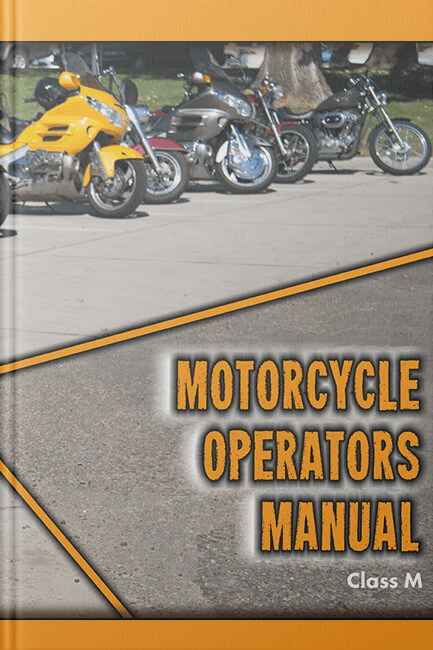
North Dakota Motorcycle Manual
Given the disproportionate number of motorcyclists who are involved in accidents, it’s no wonder that the North Dakota Department of Transportation is especially stringent with the rules and regulations regarding motorcycle operation in the state.
Licensing Requirements
North Dakota traffic law requires that any resident wishing to operate a two- or three-wheeled motorcycle have a valid Class M permit or license in their possession. Should you be caught riding without your Class M, you will be fined and receive a four point assessment on your driving record.
In order to obtain your Class M, you’ll be required to pass a written knowledge test as well as a practical, on-cycle skills test. For applicants who are 14 or 15 years old, they will be subject to additional requirements, which include:
- Enrolment in or completion of an approved motorcycle safety course
- Practical experience with the learner’s permit for at least two months before the on-cycle skills test
Motorcycle Operator Manual
The North Dakota Department of Transportation endorses the ND Motorcycle Operator Manual, developed by the National Public Services Research Institute (NPSRI) and the Motorcycle Safety Foundation (MSF). It’s recommended that both novice and experienced riders spend time carefully reviewing this North Dakota Motorcycle Manual, as it contains essential information regarding traffic regulations, practices for safe operation of a motorcycle and strategies for avoiding collisions.
The current edition of the Manual is valid for 2009-2011 and contains important revisions, including latest findings of motorcycle-safety research; guidance from the motorcycling, licensing and traffic-safety communities; and expanded alcohol and drug information.
Riding Within Your Abilities
The North Dakota Motorcycle Manual includes essential information on vehicle control. Properly positioning your body on your bike is important in maintaining control of the vehicle. The ND Manual also discusses the best practices for shifting gears, braking and turning the motorcycle.
Positioning your motorcycle strategically on the road is another key method to avoid collisions. Most of the time, drivers involved in an accident will say that they never saw the motorcycle in the first place. Positioning yourself wisely in the lane can help prevent this from happening. Ensure that you have a cushion of space between your vehicle and the others on the road.
SEE Process
The MSF encourages riders to use the “SEE” process in order to make good judgements about road conditions and react to them appropriately. This process involves:
- Search – look ahead, to the sides and behind your bike to avoid potential hazards.
- Evaluate — consider how the various hazards might create risks to you.
- Execute – carry out your decision, by taking one step at a time to handle the multiple hazards you may encounter on the road.